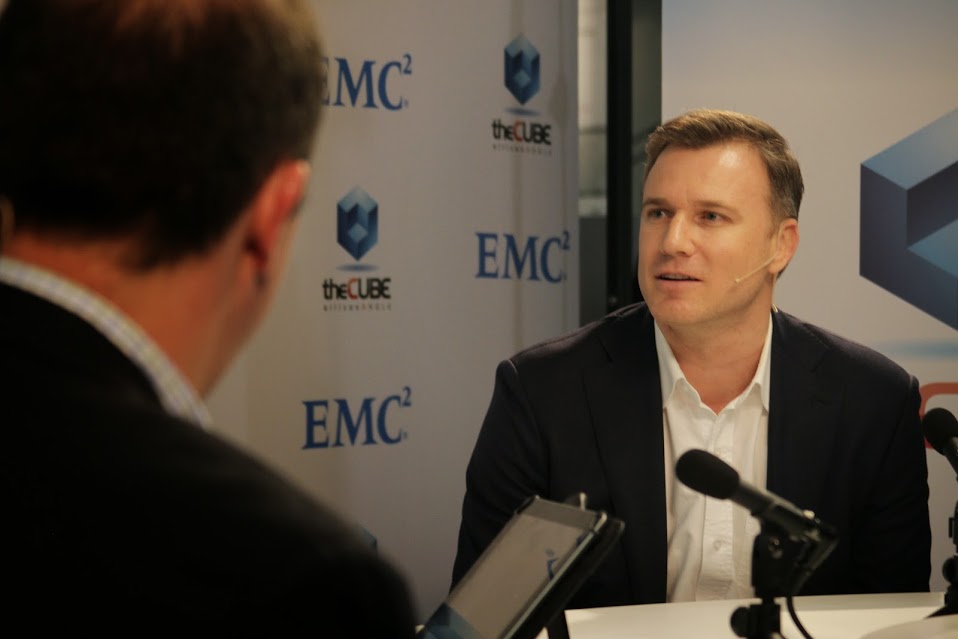 NEWS
NEWS
 NEWS
NEWS
 NEWS
NEWS
Thanks to his background as an analyst, Matt Oostveen, the CTO of VCE Company, LLC’s Asia-Pacific region, has a lot of insight regarding the state of convergent structure technology. In an interview with theCUBE during EMC World 2015, he pointed out, “If we have a look at some of the intersecting trends at play — the sheer growth that we see in data volume, the number of servers that are exploding across data center floors, and sitting on top of that, the amount of virtual machines — that’s a big problem. And I think the way that we’re architecting solutions at the moment, the way that we’re architecting our data centers, is starting to lose fidelity. It’s starting to granulate at scale, and we need to alter the way we’re approaching that.”
This is a global problem, too, not just a national one. “Customers look at their data centers in Australia, and what do they see? They see a whole lot of problems when it comes to silos, and a lot of them are having some genuine issues when it comes to the operational cost.”
This causes some customers to fear getting ‘locked in’ to a particular platform, so many of them try to build and develop all their systems in-house — a strategy that may cost more in the end, Oostveen said.
“I would say that the number one competitor we face is internal IT — it is doing it yourself,” Oostveen said, adding that a lot of the resources spent on operations could be better spent. “I think what the value proposition from a VCE perspective is that we can liberate these technical resources that are being focused on what really are menial tasks and have them focused on business outcomes.”
What are those business outcomes? Oostveen sees a big future for microservices applications that connect little pieces of the supply and demand chains, rather than big, bloated, full-service packages. And he sees the company’s systems as a strong base for those kinds of solutions.
“What VCE does is we transcend the individual elements that are contained within the vBlock. We stand above storage, network and compute, and we bring that together,” he said. “What we want to do is have an infrastructure platform that is tuned to the task, the challenges that are being faced by the customers, not just today, but also tomorrow. And I think that’s one of the reasons that we are that center point, that pivot point, for what’s occurring in the Federation, because it is a fantastic platform to build these more sophisticated deployments on.”
Watch the full interview below, and be sure to check out more of SiliconANGLE and theCUBE’s coverage of EMC World 2015.
Support our mission to keep content open and free by engaging with theCUBE community. Join theCUBE’s Alumni Trust Network, where technology leaders connect, share intelligence and create opportunities.
Founded by tech visionaries John Furrier and Dave Vellante, SiliconANGLE Media has built a dynamic ecosystem of industry-leading digital media brands that reach 15+ million elite tech professionals. Our new proprietary theCUBE AI Video Cloud is breaking ground in audience interaction, leveraging theCUBEai.com neural network to help technology companies make data-driven decisions and stay at the forefront of industry conversations.